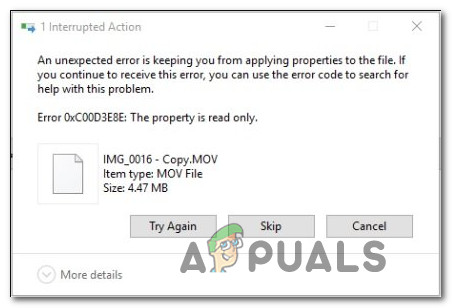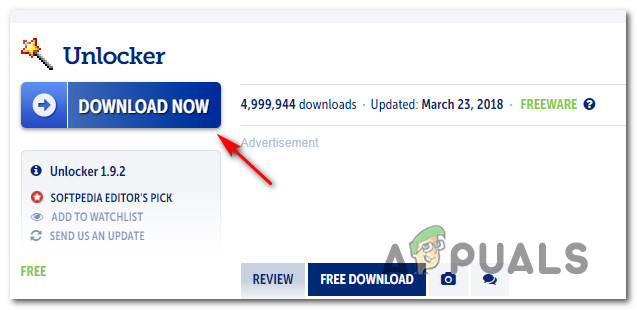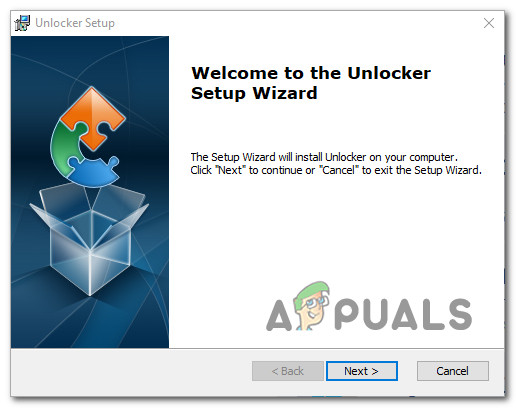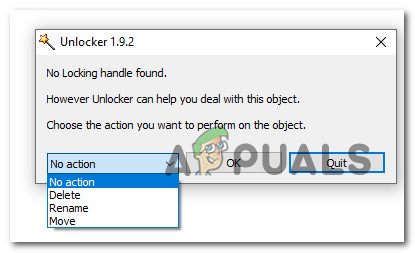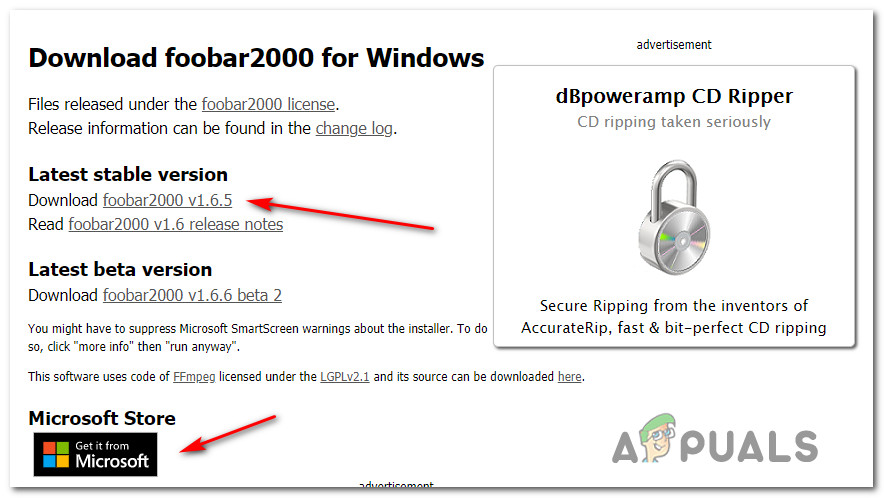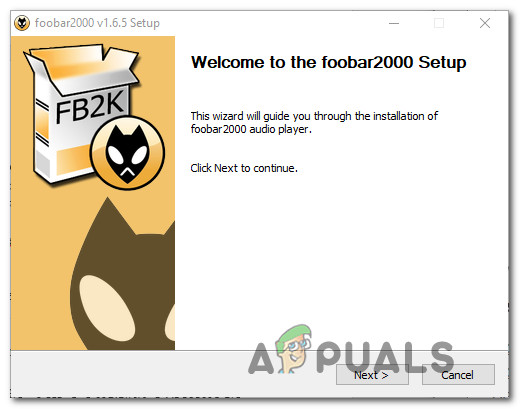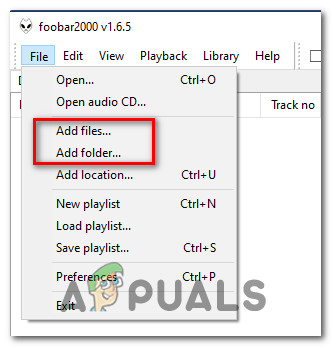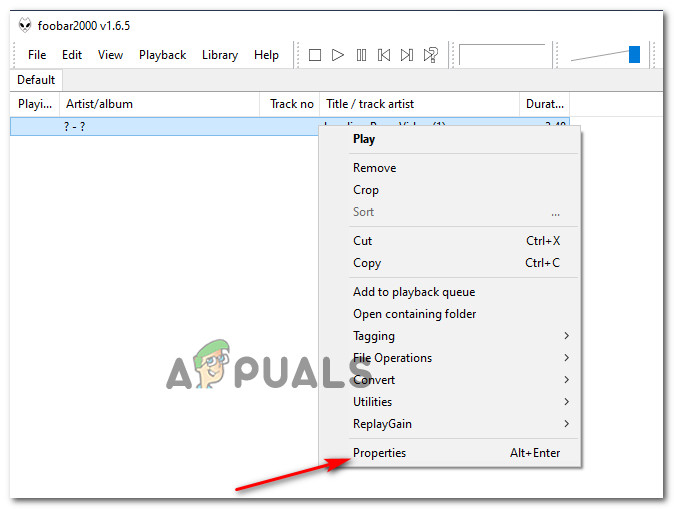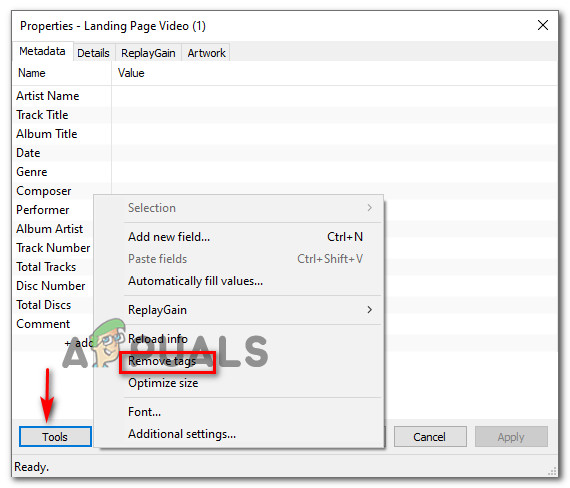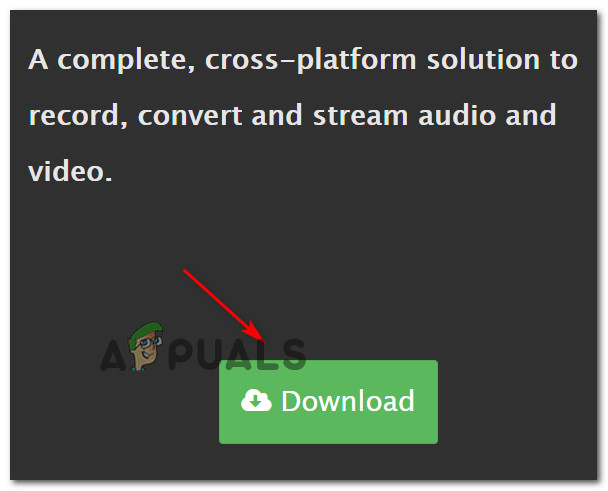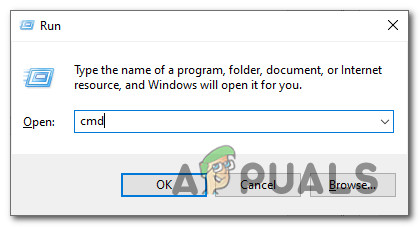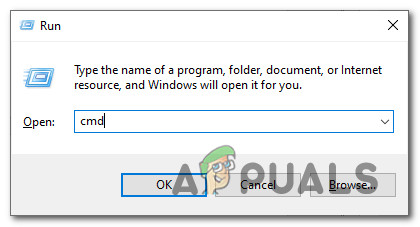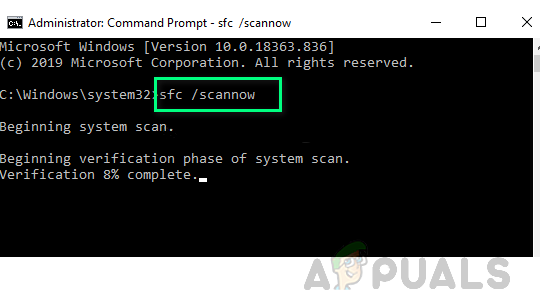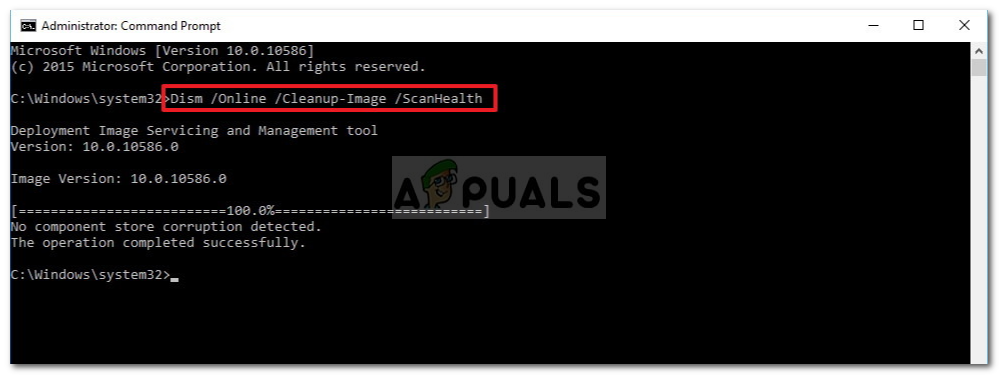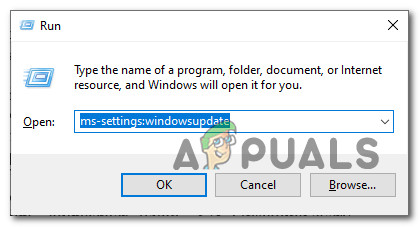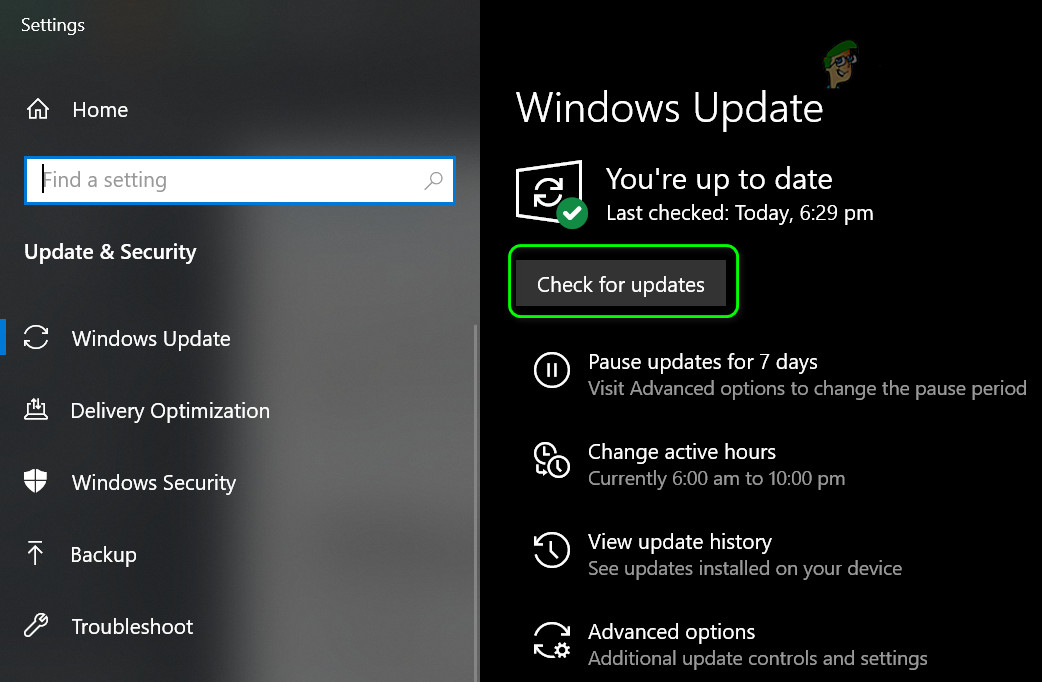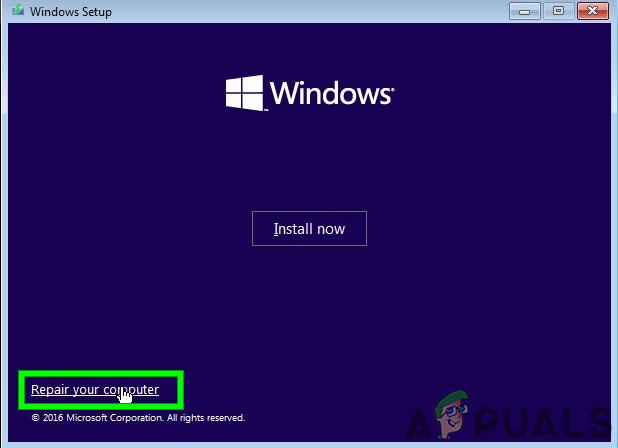After investigating this particular error code, it turns out that there are several different underlying culprits that might be responsible for this error code. Here’s a list of potential scenarios that might be causing The Property is read-only on your Windows 10 computer: Now that you are familiar with every potential culprit that might be responsible for this issue, here’s a list of potential fixes that other affected users have successfully used to get to the bottom of this issue:
Method 1: Unlocking the Video File
According to some affected users, one of the most common instances that will cause the 0XC00D3E8E error code is some kind of ownership issue that is preventing you from modifying, moving, or deleting the video file that’s triggering the ‘Property is read-only’ error message. If this scenario is applicable, you should be able to take ownership of the file with freeware like Unlocker and manage them as you see fit without encountering the same kind of error. If you’re looking for step by step instructions on how to do this, follow the instructions below: In case you’re still encountering the same 0XC00D3E8E error even after you’ve used the Unlocker tool to give yourself full ownership of the file, move down to the next potential fix below.
Method 2: Using Foobar to Strip the File from any Tags
Some affected users have reported that have found a workaround that’s ideal for big batch jobs that will take a lot of time if handled individually. Since this particular error is almost always caused by improper info and tags that is prohibiting your OS from making any changes to the file. If you’re encountering the 0XC00D3E8E error when attempting to modify, move or delete a lot of different video files, you should consider using a utility like Foobar2000 to strip them from any tags that might be triggering this particular error code. Follow the instructions below to use the Foobar2000 app to select every affected file all at once and strip them from any problematic tags that might be causing this error code: In case the same kind of issue is still occurring, move down to the next potential fix below.
Method 3: Using FFMPEG to Strip Object Metadata
If the solution above (utilizing Foobar2000) was not effective in your case, there’s also the option to strip the video file from any metadata that might cause this issue by using FFMPEG. However, keep in mind that this method is a little technical and will require you to do some browsing via an elevated CMD terminal. But if you are up for the task, the instructions below should allow you to strip the video object from any metadata that might be responsible for the 0xc00d3e8e error code. Here’s what you need to do:
Method 4: Resolving the Read-Only field of Movie Media (via ExifTool)
As it turns out, some users that were also dealing with the same 0XC00D3E8E error code have reportedly been able to fix the read-only field of movie media after using the ExifTool tool. This free tool will allow you to copy the file into the same folder and get rid of the read-only information that is causing your PC to display the ‘The Property is read-only’. If you’re looking for instructions on how to use ExifTool, follow the steps outlined below: If the same ‘The Property is read-only’ error popup I still popping up, move down to the next potential fix below.
Method 5: Deploying SFC and DISM Scans
As it turns out, one of the most common instances that will trigger ‘The Property is read-only’ error when trying to modify certain video formats, chances are you’re dealing with a system file corruption that is affecting the auto-updating function of Windows installation. Several affected users that were dealing with the same kind of issue have reported that they were finally able to modify or delete the video file after running a couple of scans with two built-in utilities – System File Checker (SFC) and Deployment Image Servicing and Management(DISM). Both SFC and DISM share some similarities, our recommendation is to run both scans in quick succession in order to improve your chance of fixing the corrupted system files. In this case, deploy a simple SFC scan. Note: This tool is entirely local and will not require you to be actively connected to the internet. Important: As soon as you initiate this procedure, it’s very important to not close the CMD window even if the utility looks like it froze. Wait until the process is complete because if you end up interrupting the operation you might cause logical errors on your HDD/SSD. As the SFC scan is wrapped up, reboot your computer and see if the issue is fixed once the next computer startup is complete. If the same 0XC00D3E8E error is still occurring when you attempt to modify, move or delete video files, deploy a DISM scan and follow the on-screen prompts to complete the operation. Note: DISM uses a sub-component of Windows Update to download healthy equivalents to replace corrupted system files. Keep this in mind and make sure that you have reliable Internet before initiating this operation. After the DISM scan has been completed successfully, restart your computer once again and see if the 0XC00D3E8E error is now fixed. If the 0XC00D3E8E error (The Property is read-only) is still not fixed, move down to the next potential fix below.
Method 6: Install every Pending Windows Updates
As it turns out, this issue can also occur due to a missing video playback infrastructure that’s missing from your Windows 10 installation. This is typically reported to occur with .MOV and other newer video file formats. If you suspect this scenario might be applicable, you should be able to fix the problem by installing every pending WIndows update following the official channels ensuring that you’re running on the latest build of Windows 10. In case you think this scenario might be applicable, follow the instructions below to open the Windows Update component and use it to install every pending update to bring your Windows to build up to date: If the same kind of problem is still occurring, move down to the next potential fix below.
Method 7: Repair-installing your Windows
In case none of the methods above have proven to be effective in your case, you should consider the fact that the 0XC00D3E8E error might be occurring due to an underlying corruption issue. If this scenario is applicable, you should be able to resolve the issue by performing a repair install. Some users have confirmed that this method was successful in helping them install every pending update after successfully refreshing every corrupted Windows element. This procedure is superior to a clean install since it will only refresh Windows components and booting-related processes and allow you to keep all personal data including photos, applications, games, videos, and any other type of personal files. Here are the step-by-step instructions on deploying a repair install procedure.
How to Fix Folder Keeps Reverting to Read Only on Windows 10Fix: CHKDSK cannot continue in read-only modeHow to Make a Discord Channel Read-Only?Fix: ‘These Files Have Properties That Can’t Be Read" Error on Windows
